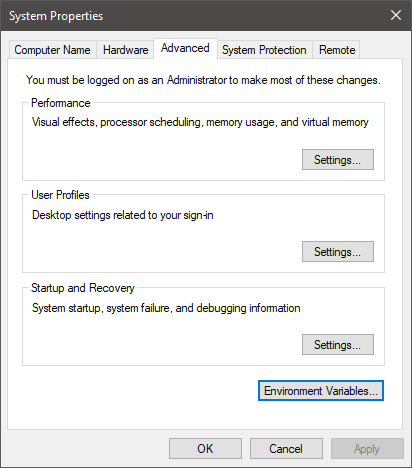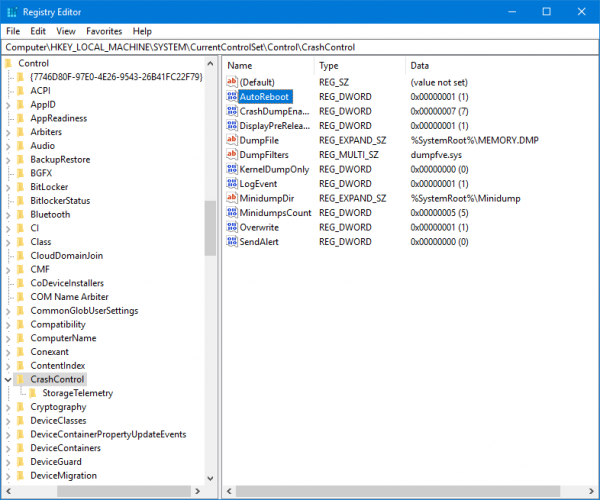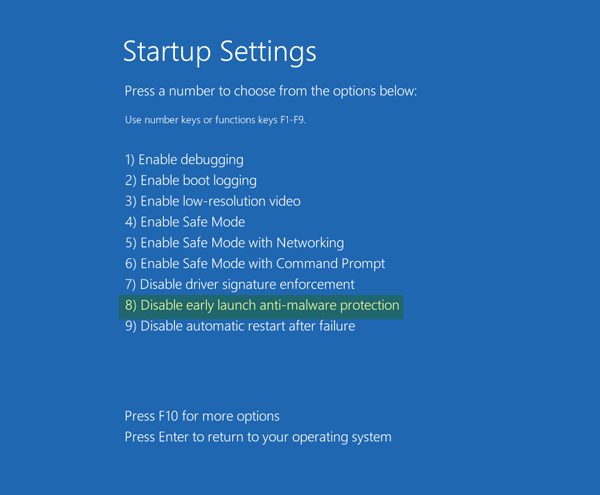When the Windows operating system encounters a critical error, the system throws a Blue Screen of Death (BSOD). This Blue Screen then throws in the error code on the bottom left region and then reboots the computer. This error is mainly caused because some internal system processes or files have stopped working as expected. Sometimes, DLL or Dynamic Link Library files have malfunctioned or any critical process inside of the system has returned an error. In this case, the system often leaves and closes the task that the user is currently performing forcibly. This implies a greater loss of unsaved work by the user on their computer. Hence, to fix this, we need to disable Automatic Restarts.
Disable Automatic Restart on System Failure in Windows
First of all, we would recommend you create a System Restore point. Because we will be playing with registry files and modifying some really critical Windows settings. Having done this, we will continue on our quest of disabling Automatic Restart on System Failure in Windows 11/10.
1] Using Startup and Recovery Settings
First of all, start by hitting the WIN + R combination to launch the Run utility.
Now, type in sysdm.cpl and then hit Enter to launch System Properties. Next, click on the tab called Advanced and under the section labeled as Startup and Recovery, click on the button that says Settings.

A new pop-up window will now open. Under the section called System failure, uncheck the option labeled as Automatically restart.
Now, click on OK then on Apply and then again on OK.
Reboot your computer now for the changes to take an effect.
2] Using Command Prompt with Admin Level Privileges
Start by pressing WIN + X button combo or right-click on the Start button and click on Command Prompt (Admin) or just search for cmd in the search box, right-click on the Command Prompt icon and click on Run as Administrator.
Now, type in the following command to disable Automatic Restart on System Failure:
Disable Automatic Restart on System Failure: wmic recoveros set AutoReboot = False
Or, you can type in the following command to enable Automatic Restart on System Failure:
Disable Automatic Restart on System Failure: wmic recoveros set AutoReboot = True
Type in exit and hit Enter to exit the Command Prompt.

Reboot your computer for the changes to take an effect.
3] Using the Registry Editor
First of all, start by hitting the WINKEY + R button combination to launch the Run utility.
Now type in regedit and hit Enter.
You can also search for Registry Editor in th Search box and select the appropriate option.
Click on Yes for the UAC prompt that you get.
Now, navigate to the following key location inside of the Registry Editor,
HKEY_LOCAL_MACHINE\SYSTEM\CurrentControlSet\Control\CrashControl
Select CrashControl in the left pane and then double-click on AutoReboot on the right pane.

Now, a new mini-window will pop-up. Inside the Value Data field, enter the value as 0 (ZERO). Click on OK.
Reboot your computer for the changes to take effect.
4] Using Advanced Startup Options
Start by booting in the Advanced Startup Options.
Now, after you are booted in the Advanced Startup Options, click on Troubleshoot.
Then out of the three options you get, click on Advanced Options.

After that, click on Startup Settings. Then, click on the button labeled as Restart.
After the restart, the system will boot into Startup Settings, just hit the F9 key or 9 key in order to select the option to Disable Automatic Restart after failure.
I hope the post helped you.
Read: How to disable Automatic Restart after Windows Update.
Leave a Reply